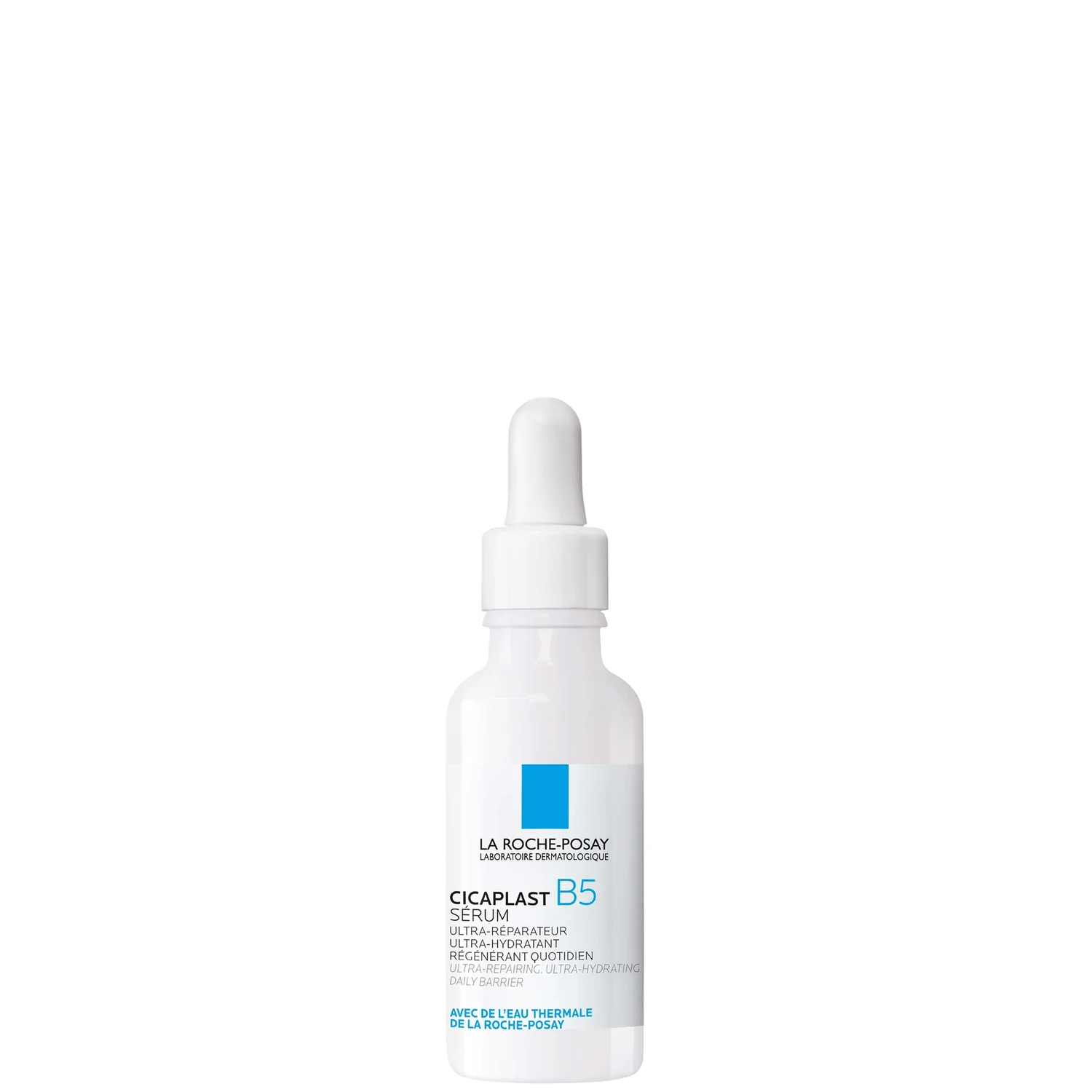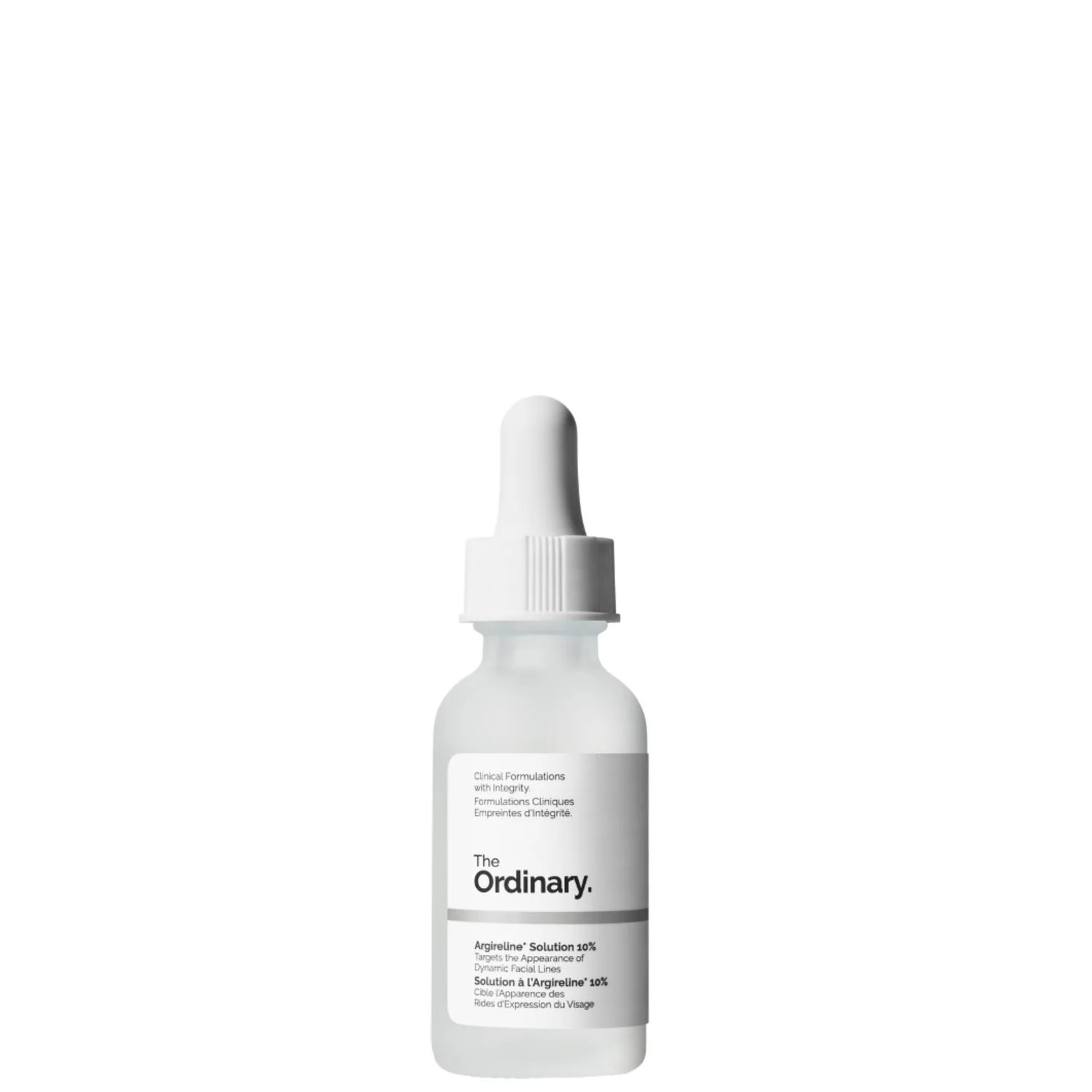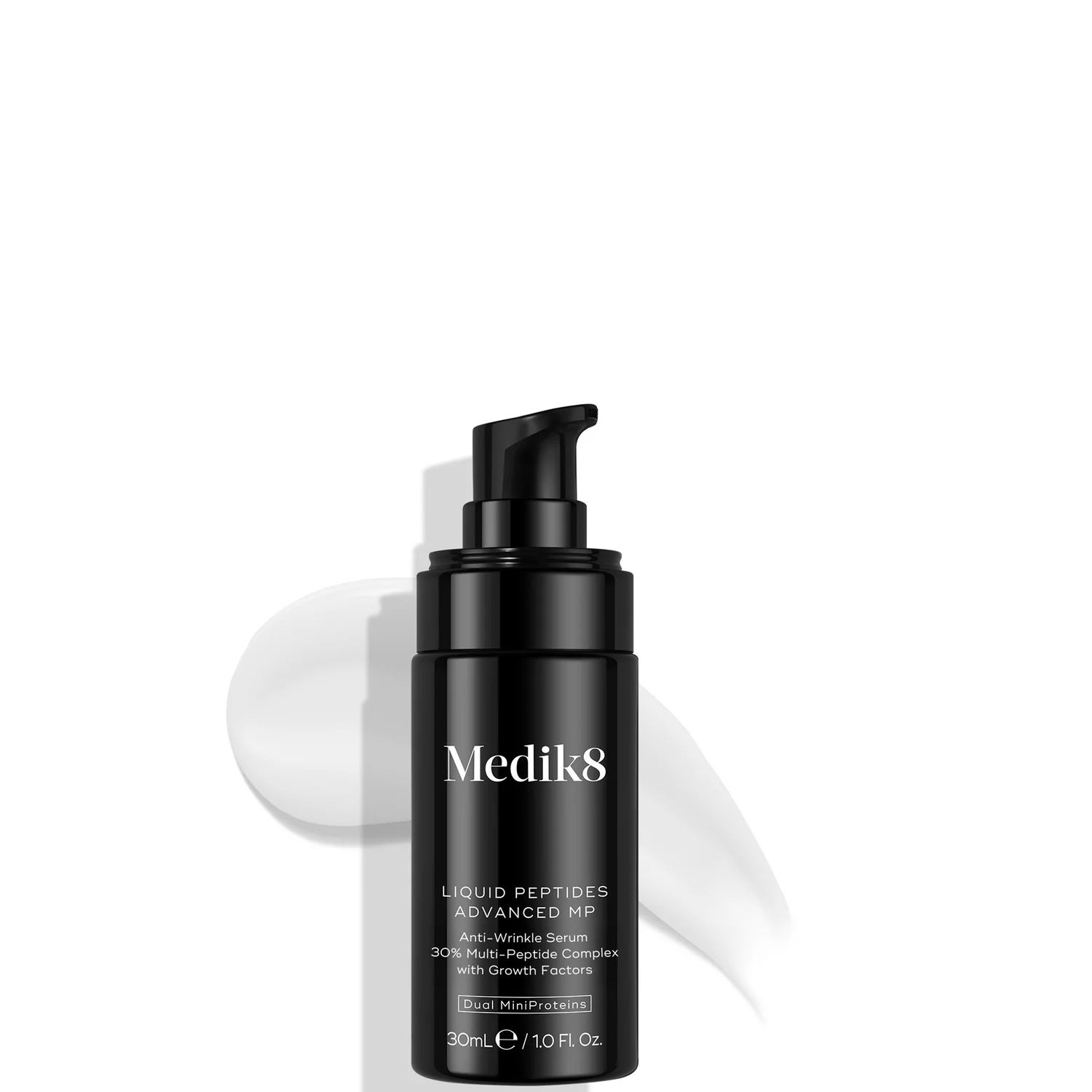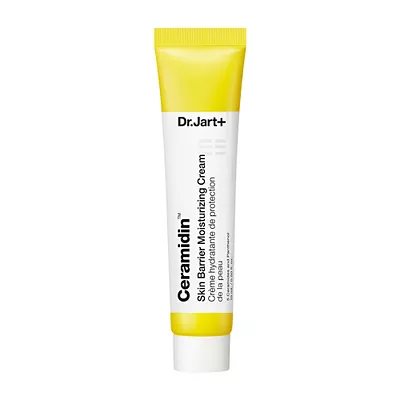Is Beef Tallow the Skincare Hero Social Media Claims—Or Just Hype?
Why an age-old fat is trending in modern skincare


Once reserved for deep-frying potatoes in the 1960s, beef tallow (a rendered animal fat made from the fatty tissue of cattle, particularly around the internal organs) has found its way back into everyday life, thanks in part to some high-profile supporters. In March, Robert F. Kennedy Jr. declared war on seed oils, urging US food businesses to switch to tallow for all their frying needs.
Then came model and influencer Nara Smith, who spotlighted its beauty potential by using it as the star ingredient in her homemade facial moisturiser. Her video amassed millions of views overnight, sparking a wave of skinfluencers extolling tallow’s supposed hydrating, acne-fighting and barrier-strengthening benefits. As a result, searches for “beef tallow for skin” have skyrocketed, with online interest increasing by 326% year-on-year and over 111,000 monthly searches recorded in August 2025, according to search data analysed by Fresha.
But as with many social media beauty fads, it sounds almost too good to be true. Could this one ingredient really be the elixir to skin health, or is it more likely to be doing harm than good? We asked consultant dermatologist Dr Derrick Phillips to set the record straight.
What is beef tallow?
Beef tallow is rendered beef fat that has been cooked down and purified, leaving a smooth, shelf-stable fat that is solid at room temperature. Traditionally, it's used for frying, baking and adding depth to savoury dishes. Beyond the kitchen, tallow has traditionally been used in soap, candles and skincare, where it is heralded for its moisturising properties. "It’s being used in skincare because its fatty acid profile is similar to our own natural oils, which means it can help support the skin barrier." explains Dr Phillips.
Why has it become so popular in skincare?
Beef tallow's natural positioning resonates with the clean beauty movement, offering a single-ingredient alternative to synthetic emollients. Add to that the TikTok effect with creators showcasing supposed before-and-after results and throw in a few high profile advocates, and it starts to become easy to see why this traditional ingredient has suddenly found itself at the centre of the modern beauty conversation.
However, Dr Phillips cautions that popularity doesn’t always equal efficacy: “Its resurgence is tied to the current demand for ‘natural’ ingredients, although the scientific evidence for its benefits is far less robust than for established options like ceramides, hyaluronic acid or plant oils.”
What are the proposed skin benefits?
Fans of beef tallow point to its rich, nourishing texture and its reputation as a natural barrier booster. “The dermatological benefits of beef tallow haven’t been fully explored in modern research,” caveats Dr Phillips. “It is rich in fatty acids, which can help hydrate the skin and support barrier function, and its composition is similar to human sebum, which may explain why some people tolerate it well. Beef tallow also contains fat-soluble vitamins, whether these are delivered in meaningful amounts when applied topically isn’t clear. ”
Celebrity news, beauty, fashion advice, and fascinating features, delivered straight to your inbox!
Many claim that beef tallow can help alleviate dryness and relieve symptoms of eczema. "It may help, because it forms an occlusive layer that reduces water loss, but we don’t have good evidence for its use in conditions like eczema or sensitive skin," says Dr Phillips. "For these concerns, ingredients such as ceramides, glycerin and colloidal oatmeal are far better studied and proven to support barrier repair and reduce inflammation."
So while there are compelling reasons why it may appeal (and plenty of anecdotal success stories) experts warn that the scientific evidence is still thin compared to tried-and-tested ingredients and that further research is needed to fully explore the benefits to skin.
Are there any risks associated with using beef tallow on the skin?
"The main risks with beef tallow are that it is a heavy, occlusive fat, so it may clog pores in people who are acne prone or have oily skin," explains Dr Phillips. For anyone prone to breakouts, a non-comedogenic serum or moisturiser is a better option to help restore hydration and support the skin barrier.
Dr Phillips also notes that there is also the potential for irritation or allergy, although this has not been well studied. "The quality of tallow can vary depending on how it has been processed, and impurities or rancidity could increase the risk of skin reactions. If someone does choose to try it, I would recommend patch testing first to check tolerance, but for most people there are better studied and more reliable alternatives."
Are there any alternative ingredients to beef tallow?
Alongside nourishing and barrier-strengthening ingredients such as ceramides, squalane and shea butter, which have a strong evidence base, Dr Phillips also recommends Argireline for common skincare concerns like fine lines and crow's feet wrinkles.
"An ingredient I do recommend and is worth the hype is acetyl hexapeptide-8, often called Argireline," he says. "This peptide works by relaxing facial muscle contractions, helping to soften expression lines. In a published study, regular use around the eyes for 30 days reduced the depth of crow’s feet wrinkles by 30 percent. That is the kind of evidence we look for when recommending skincare ingredients."
Alternatives to beef tallow

Lottie Winter is the Beauty Director at Marie Claire UK. With over a decade of beauty journalism under her belt, she brings a desire to cut through the noise and get to what really matters–– products that deliver, conversations that empower, and beauty that makes people feel like their best selves.



